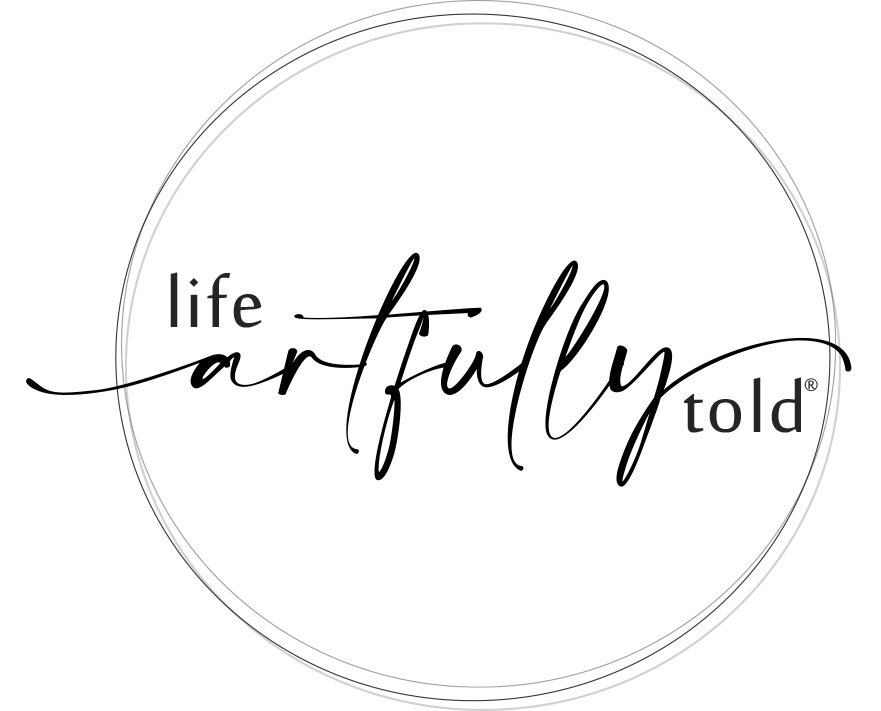Centered
Most nights, after the dinner dishes are stacked, the kitchen lights are dimmed, and the aroma of a home cooked meal begins to fade, I step outside to breathe in the evening air. It is a kind of ritual, a cleansing of the rough spots of the day and a passage into nighttime. Some evenings this time is spent on the back deck, where I can see my yard, the neighborhood, and the distant mountains. Sometimes I walk alone with a tiny flashlight, moving between streetlamps. Sometimes I walk a little ways up to the community garden to sit alone on the bench and look up at the black sparkly sky. I suppose it is a time for me to clear my mind of the day’s activities. Maybe it is just a pause. Maybe it is a time to remind myself of my place in the vastness of the universe. For all that it is worth, I need time every day to breathe and be centered.
This past summer, my daughter and I took a wheel throwing pottery class a local studio, located in a quaint historic village. Surrounded by revolutionary war ruins, large pine trees, and hills, we found ourselves in a class, housed in an old barn-like structure. The heavy wooden studio door would often blow open with warm air swirling through. For three hours a week, we stepped away from the outside world and used our hands and minds to bring forth shapes out of clay.
It is the same process every time. Wedge the clay. Center the clay. Open the clay. Pull the sides. Create a vessel or a bowl. Cut it off the bat and grab the next mound of clay. Wedge it. Center it. Continue. With each vessel, I press the force of my whole body through my shoulders, into my arms and out my hands. Slowly it comes into balance. Cone it up, cone it down. Form it. Deep breaths. Then that magical perfect moment when I close my eyes and feel my hands completely still as the clay glides under my palms as smoothly as my own breath, it is centered. In this moment, I am cradling this potential—not yet a vessel, just a form with possibility. Slowly I release the breath I didn’t realize I was holding. Now I can proceed to shape this whirling energy in my hands into something functional, beautiful—something with a spirit.
This fall, I have continued the class to both refine and explore my process. The only difference is now the sudden burst of air from the open wooden door is cool and dry. The wind delivers brittle orange and red leaves to spin in circles and litter the concrete floor. Classmates rush over to close the door, and no one seems to know why the handle isn’t fixed. Every time this happens, I can hear some grumbling, but I am tickled. I love that open door and this breath of autumn—invited or not. I am grateful for this little interruption. This spinning wheel. The spinning leaves. Something about this bit of serendipity delights me and reminds me that I don’t need to be in a constant state of action or reaction. It is good to simply be present and observant.
There is little that is clean when working with clay. It is beautifully dirty work. Yet, somehow, the process feels as cleansing as my after dinner walk. There is a connection between the feeling when I center myself at the end of the day, and the feeling when I center clay on the wheel. In both, I feel my breath. I breathe through the centering of myself in the evening. I breathe through the centering of the clay.
In this month of November, we often think about who and what we are grateful for. We recognize the abundance in our lives and give thanks. I will do that this year, and I will also be thankful for a feeling these past few months have brought back into my life. When the wind is blowing the spinning leaves, and I am spinning the wheel, when I enjoy the sights and sounds of an evening walk, in all of these things, I experience a deep sense of being present. The moment when the wheel is centered, when I step outside, I breathe. There is simply being. No doing, just being; and I am grateful.

